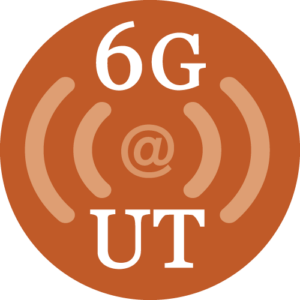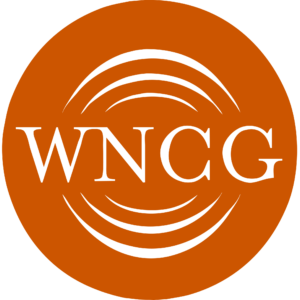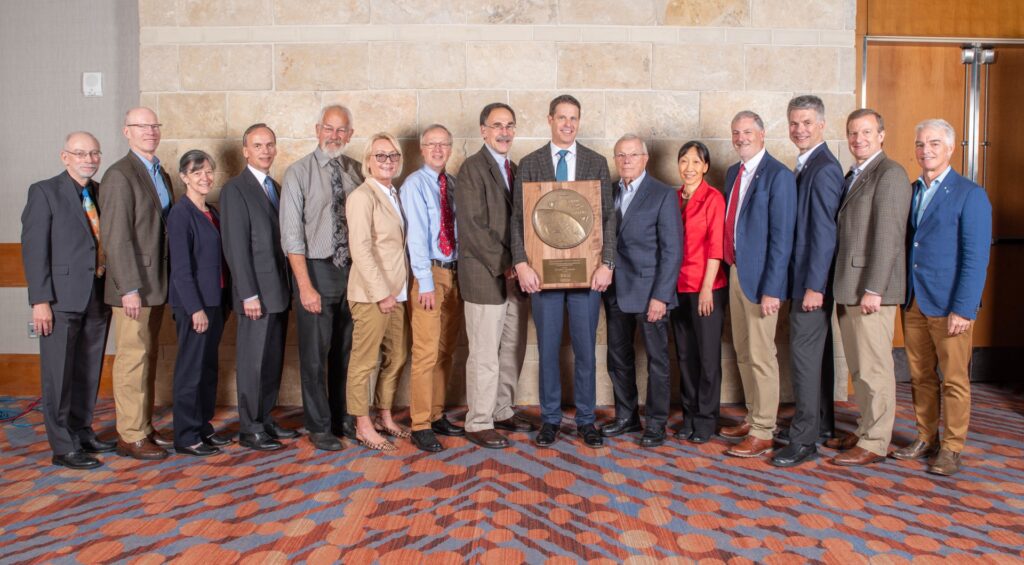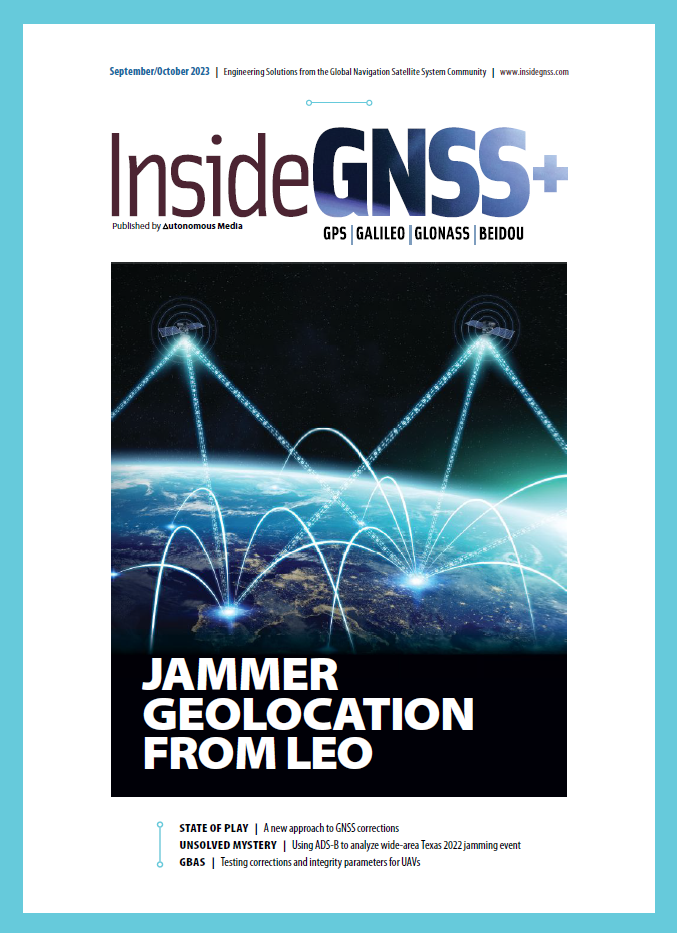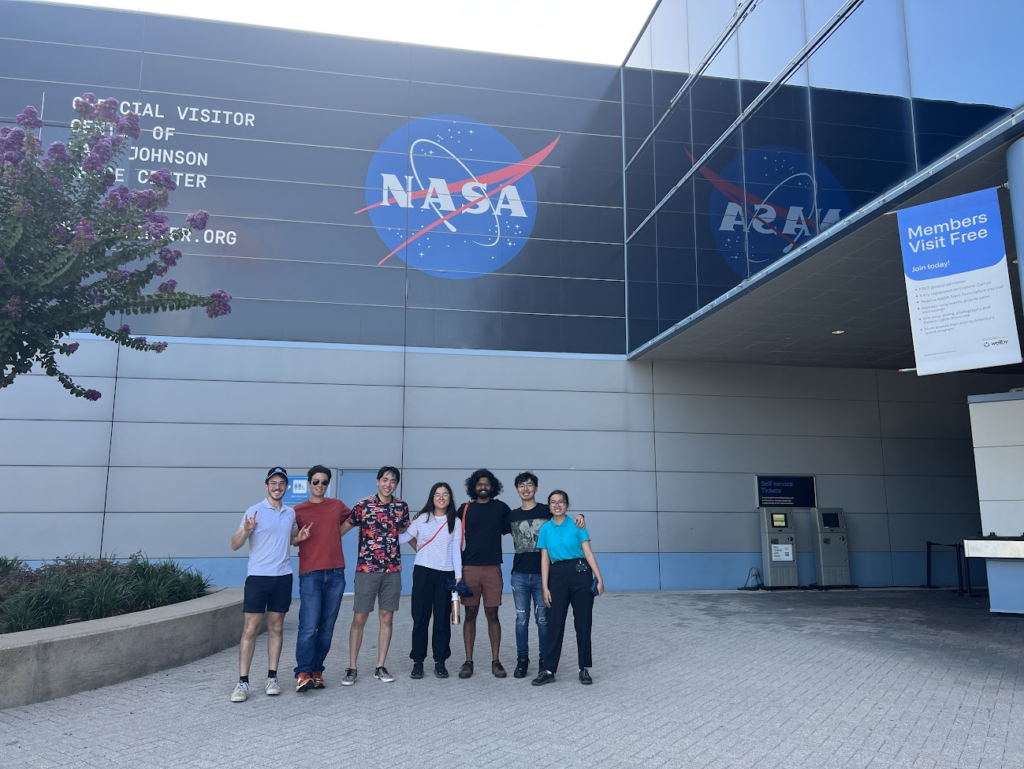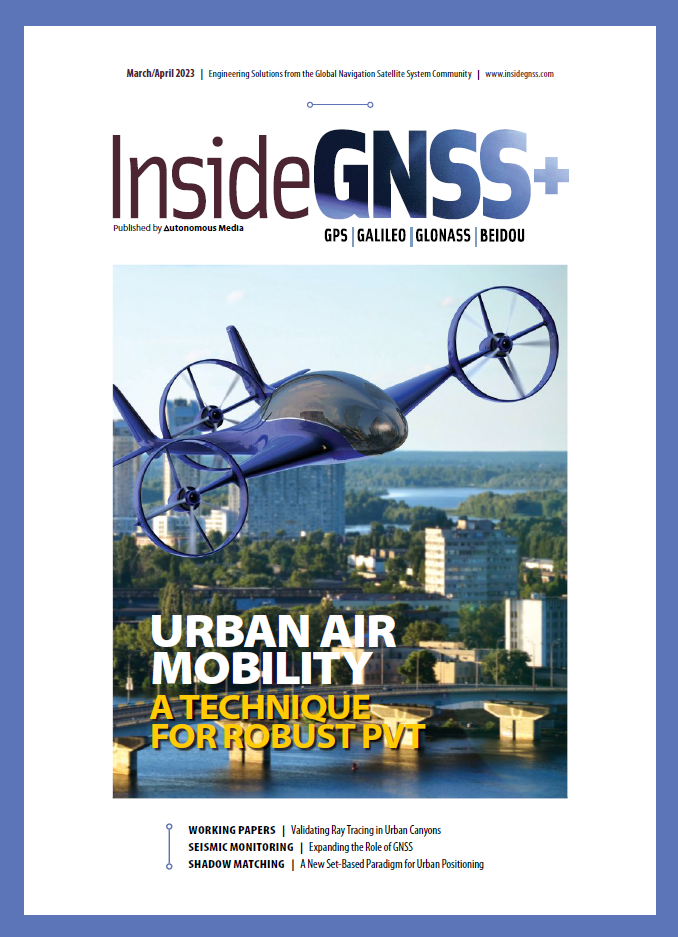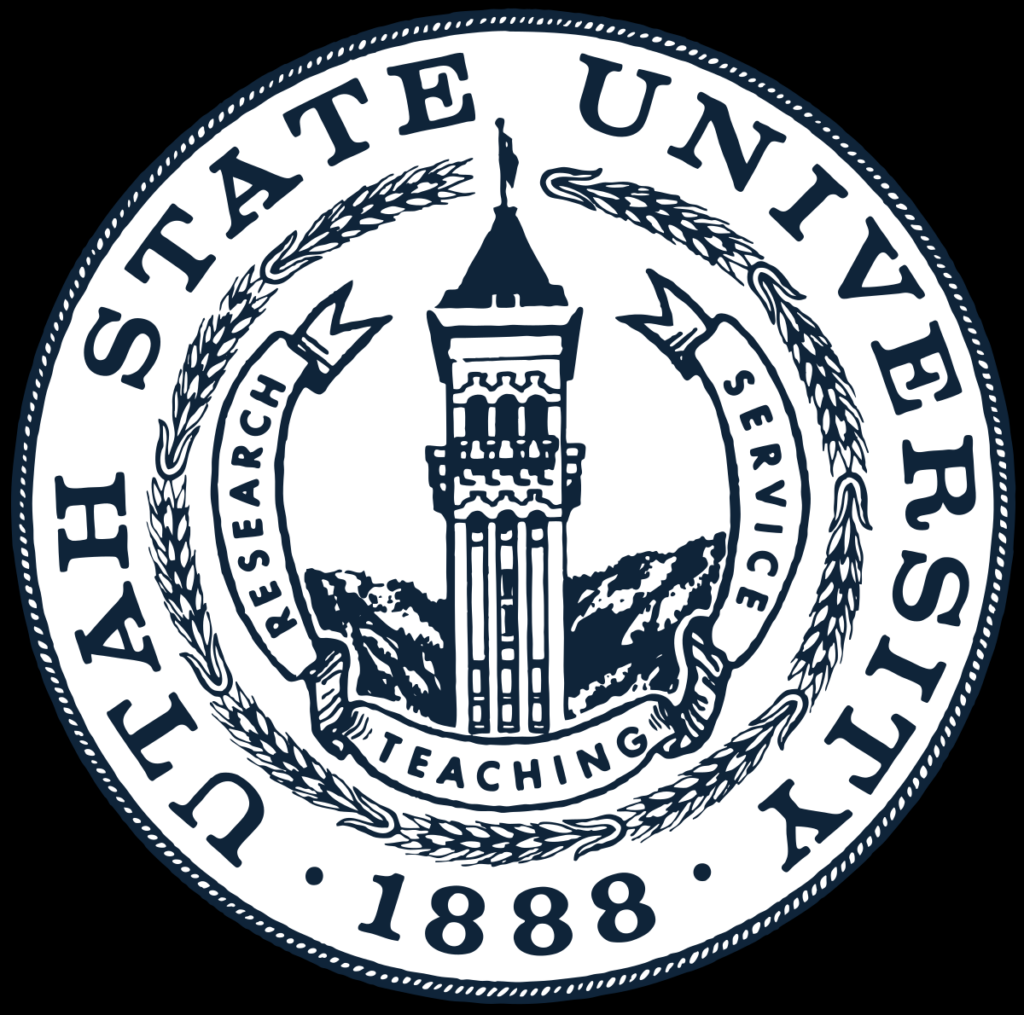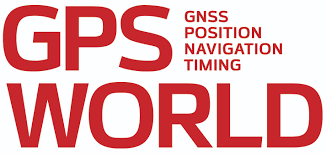October 2023: Locus Lock, founded by RNL alumna Hailey Nichols, was selected as one of the startups for the Fall cohort of the Techstars Space Accelerator. The selected teams “are going after big ideas in aerospace, including rapid launch services, precision-based imaging, operating systems for complex robotics, in-space servicing, and thermal protection. Demo Day is scheduled for a special in-person event on December 6th, 2023! Founders will have an opportunity to pitch their businesses to a community of investors and mentors.” More information on the selection can be found on the techstars website.
“Hailey Nichols is part of a new movement of entrepreneurial engineers coming out of the Cockrell School of Engineering. She built her path to a master’s degree while launching a startup company, Locus Lock. Last summer she received her M.S. in aerospace engineering and transitioned to a full-time role as founder of Locus Lock, a startup spun out of the Radionavigation Lab of aerospace engineering professor Todd Humphreys. Locus Lock makes a next-generation GPS receiver that provides high-integrity positioning solutions for customers globally.” For more information about Hailey’s educational journey or about Launch Texas, visit the article here.


